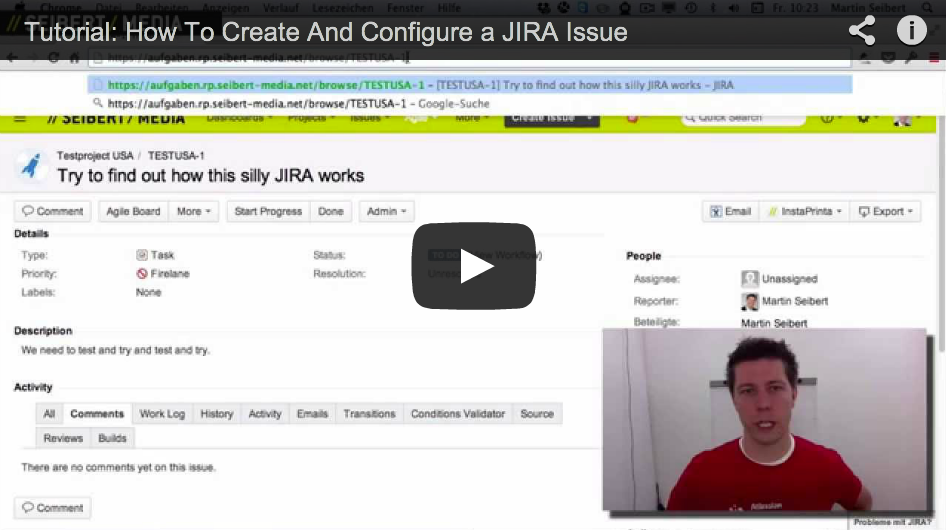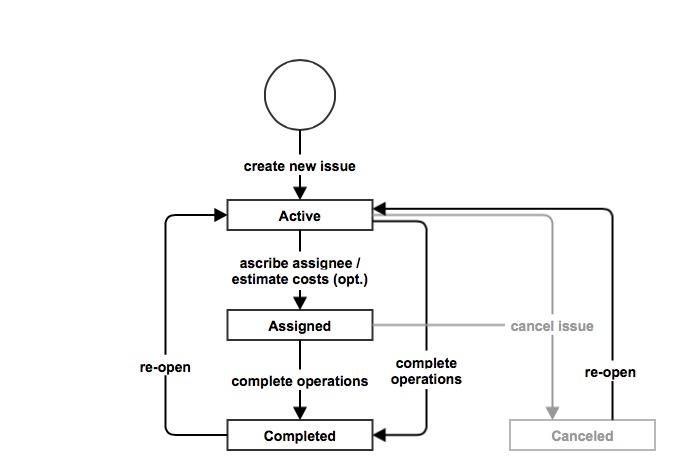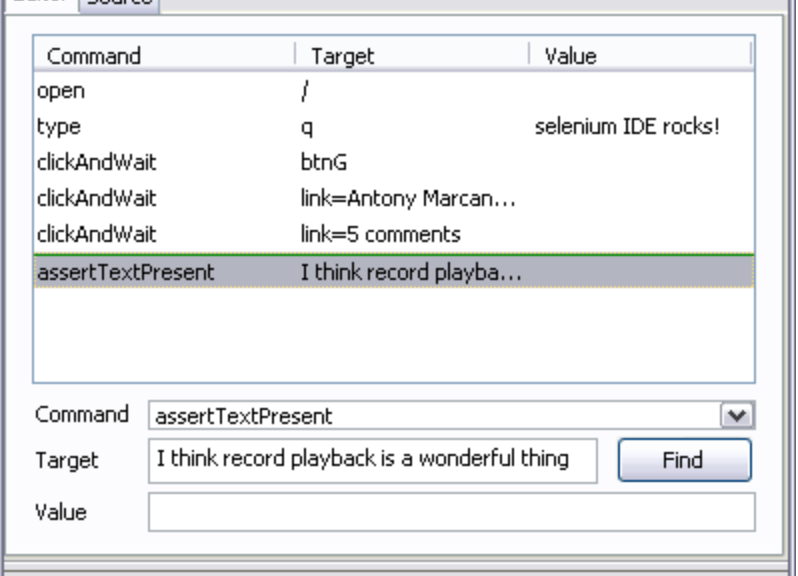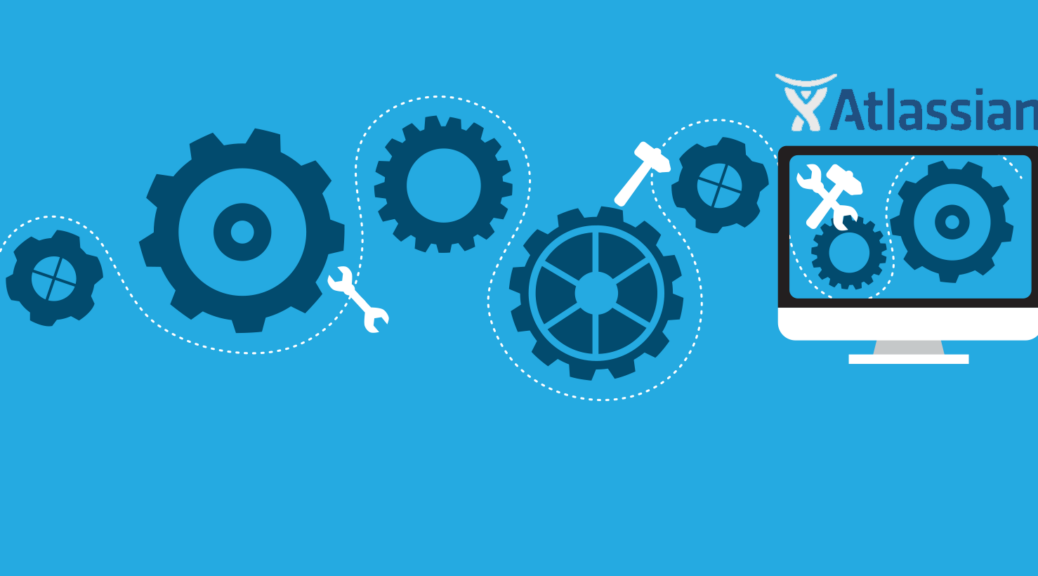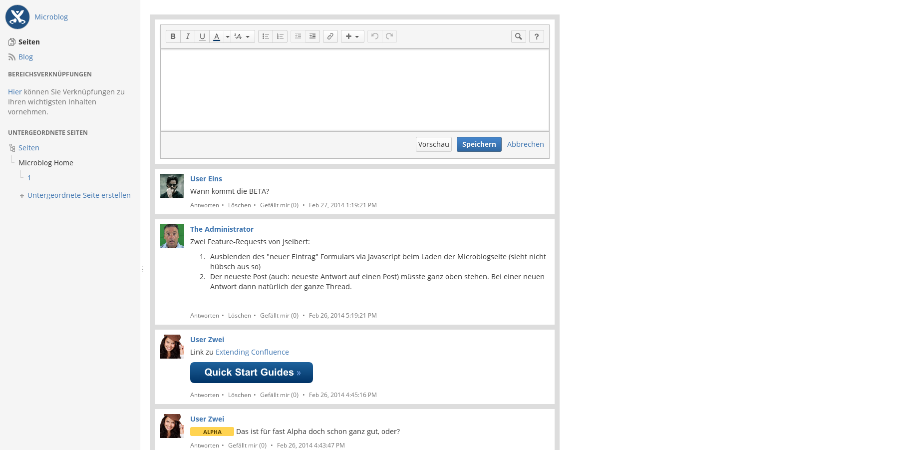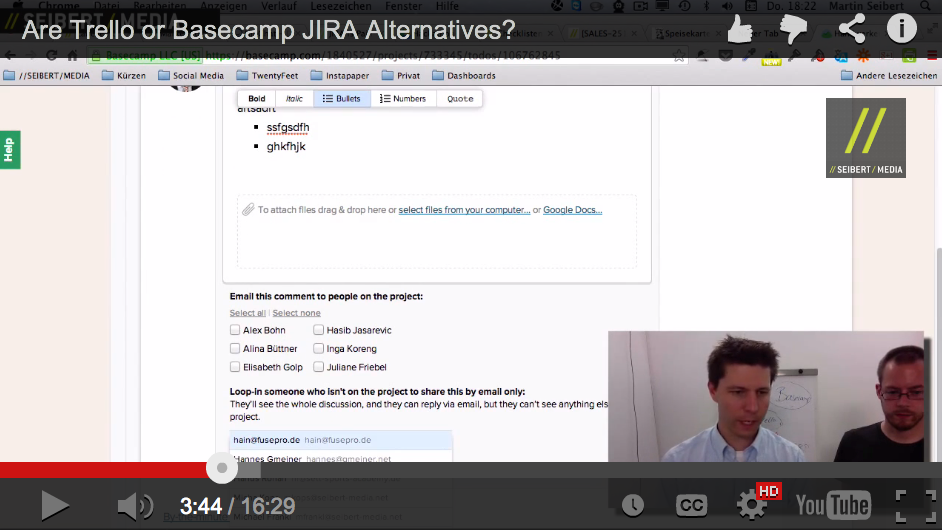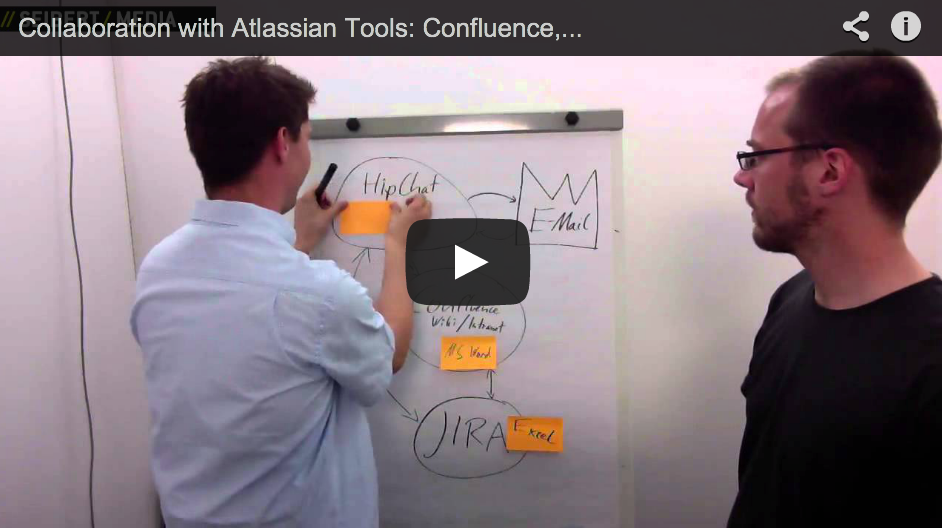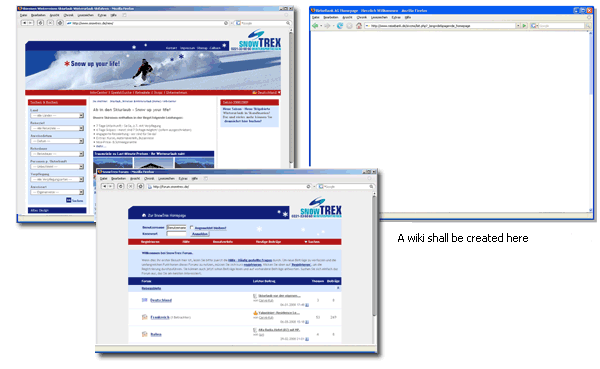Being introduced to JIRA can be intimidating and overwhelming. JIRA is a very powerful and complex task management and bug tracking system. However, the key functions are very simple and user friendly. Starting to work with JIRA issues is the best way to become familiar with this tool. In the following tutorial, Martin Seibert from //SEIBERT/MEDIA shows how create issues in JIRA and gives an overview of the configuration options.
Tutorial: How to create a Jira issue
